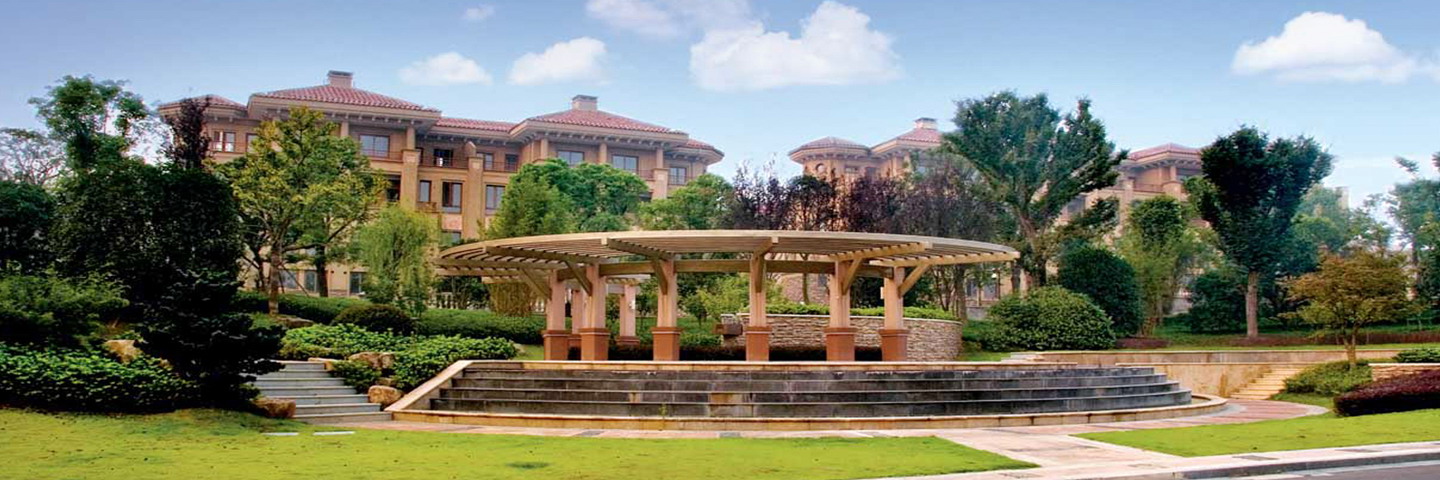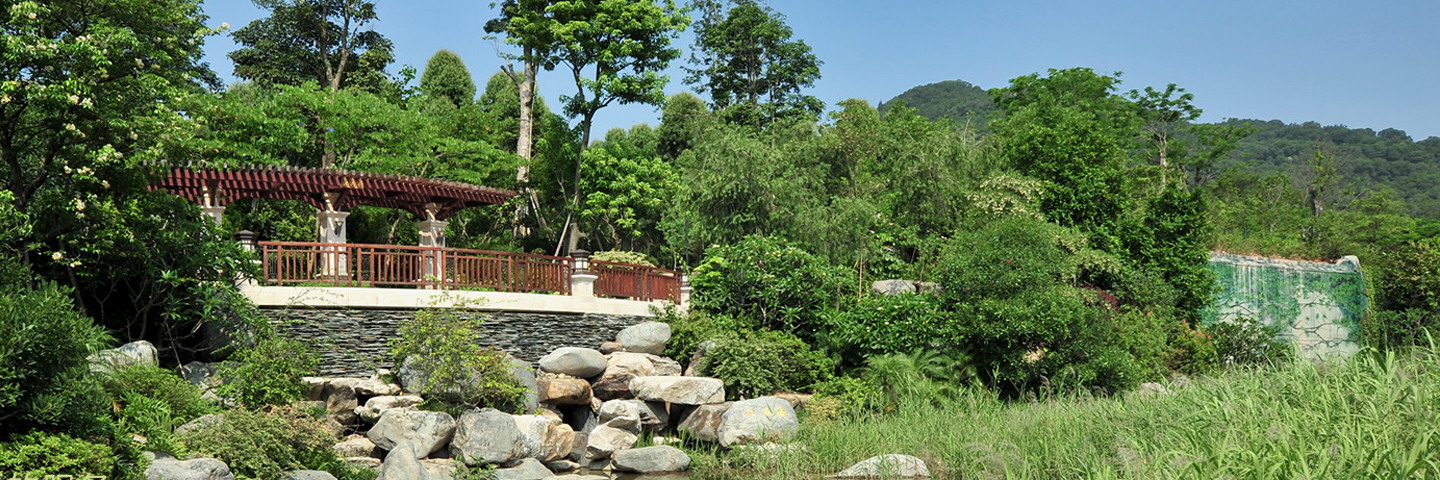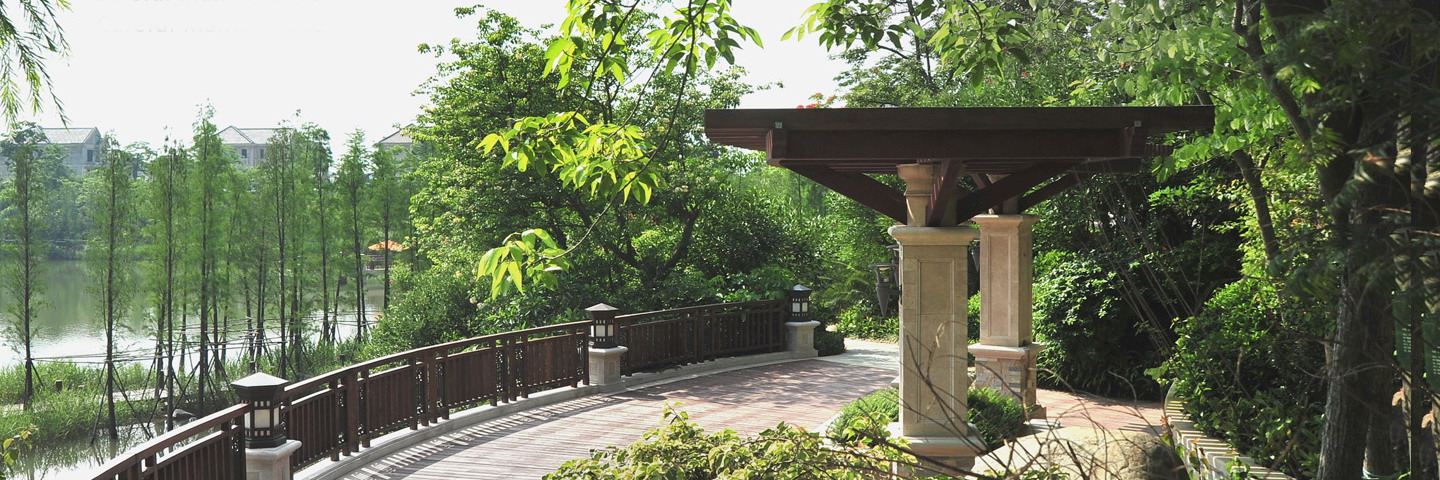A glass of fresh orange juice is not only a refreshing and tasty way 1to kick of the morning, it is also a nutritious drink that tops up our personal store of vitamin C. The beneficial qualities of citrus fruits have been known for centuries but shared by few. When Caplain James Cook set sail for the Pacific, maritime history was made and the English forever dubbed 'limeys' - all thanks to the citrus fruit.
SEA SICKNESS
In 1769, Maori fishermen were working their canoes in Raukawa,the rich waters that sluiced between,Te ika a Maui and Te Waka a Maui(later named North and South Islands).when they spied a strange sight on the horizon.It was a 31-meter(105-ft)-long,three-masted sailing ship,an ex-merchant collier fitted with cannons and flying the flag of the British Royal Navy.The ship powered through the straits revealing,as it passed,the name painted on the bow:HM Bark Endeavour.
The ship carried Captain Jarmes Cook (Raukawa Strait would be renamed after him) together with 94 passengers and crew. Unusually for the time, all but two of them were in the best of health.
Captain Cook, a Yorkshireman of humble origins, was an able sailor, a strict disciplinarian and a genius navigator. He had already made a reputation for himself by charting parts of Canada.when, in 1768, he sailed right around South America to Tahiti, New Zealand and the east coast of Australia, charting the new waters in a voyage that lasted for just under three years. His pioneering route (he would land his little ship on almost every major island group in the South Pacific) success-fully disproved the theory that Terra Australis was one vast continent.Cook also disproved the notion that life on board ship inevitably meant falling ill with the ‘explorer’s sickness’,scurvy.Cook made two more historic voyages in the best o health until be was killed in a sudden skirmish with the local people on Hawaii.Life aboard HM Bark Endeavour was not as hellish as portrayed in popular fictiom.(In the opinion of Dr.samuel Johnson,a sailor would be better off in jail,where be could enjoy more room,better food and’commonly better company’without the risk of drowing.)But it was an ordered regime.Working in the waist of the ship were the ‘waisters’ or ‘landmen’,some of whom had been pressed into service;above deck were the sailing elite,the ’topmen’ who fixed the rigging.On the first journey they were joined by two celebrated researchers: the botanists Dr.David Solander and Dr.Joseph Banks,Cook bound them all to a strict regime of hygiene and regular mesls(including,wherever he could harvest it ,a type of coastal cabbage,Lepidium oleraceum,Later dubbed ‘Cook’s scurvy grass’)
Cook fed his men citrus and sauerkraut(pickled cabbage),as instructed by the British Navy’s James Lind.Although not everone returned(56 men finally disembarked at Plymouth in1771,all three of Dr.Banks’s resident artists having died at sea), it was this expedient that saved most of the crew from the ravages of scurvy.
Scurvy had proved more of a curse for the seventeenth century merchant mariners than did pirates or poor weather.Symptoms started with blotches of dark skin,loose teeth and haemorrhaging.It was the fatal signal that the sailor’s collagen was breaking down and with it the connective tissues that held the cells together.Generally a painful death followed in days.
The sickness was not confined to the sailing fraternity,jammed on board their boats and subsisting on a diet of salt beef and biscuits for months or years.
转载于<Fifty Plants that changed the course of History>
Sweet Orange
发布时间:2019-06-13 11:11:50





